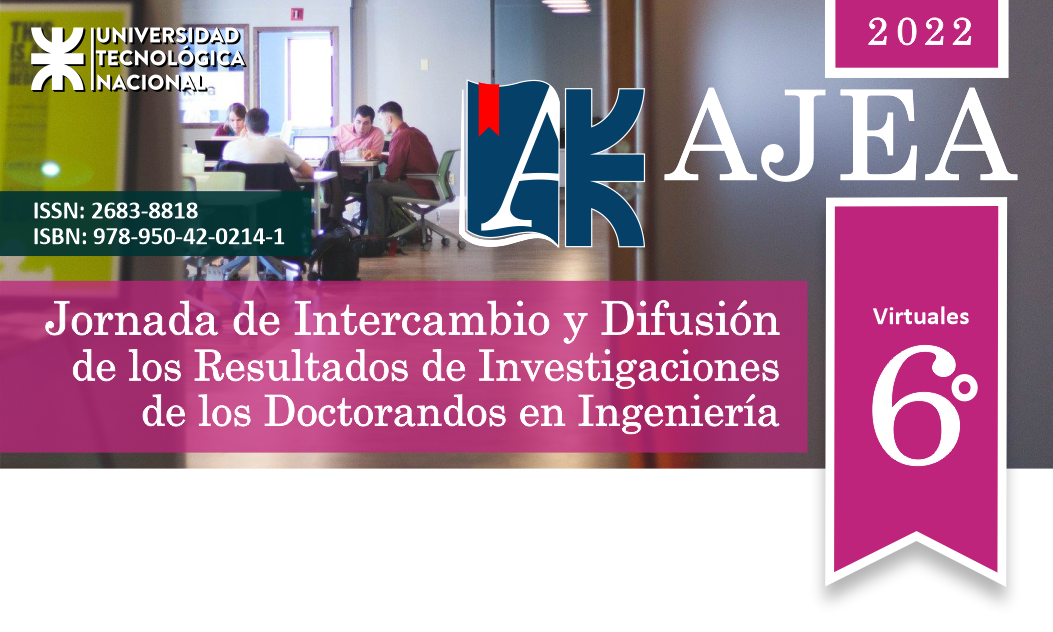Spatial distribution of permeabilization and pH fronts in a 2D tissue model induced by electrolytic electroporation: a numerical study
DOI:
https://doi.org/10.33414/ajea.1129.2022Keywords:
Electrolytic electroporation, Permeabilization, pH fronts, TumorsAbstract
Electrolytic electroporation is a new tissue ablation technique that is giving excellent results in the treatment of tumors. This technique consists of coupling electroporation with electrolytic ablation. The goal of this study is to simulate the spatial distribution of pH fronts generated by different electrode arrays and to analyze how these parameters impact tissue damage when electrolytic electroporation is applied. A two-dimensional bicarbonate buffer model is used to simulate the biological tissue. Numerical simulations show that extreme pH fronts reach values of pH < 4.0 (around the anodes) and pH > 8.6 (near the cathodes). These pH values affect cell permeabilization levels, resulting in the entry of high concentrations of molecules into the treated tissue and, consequently, its destruction. Spatial pattern of pH fronts depend on the exposure time, applied charge, shape electrodes array and polarity. Results obtained in this study were contrasted with those obtained in in vitro and in vivo experiments reported in the international literature. We conclude that acid-base pH fronts and the action they exert on tissue permeabilization play an important role in tissue damage when electrolytic electroporation is applied.










